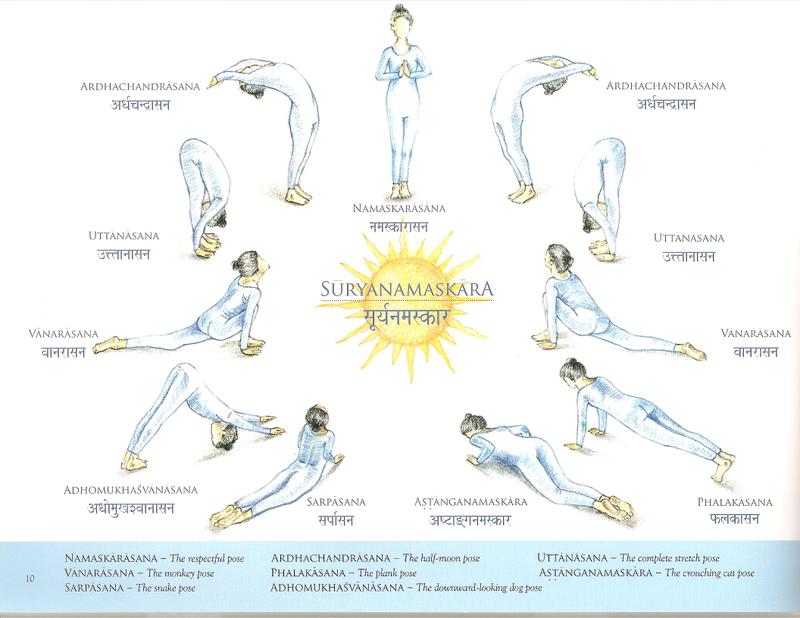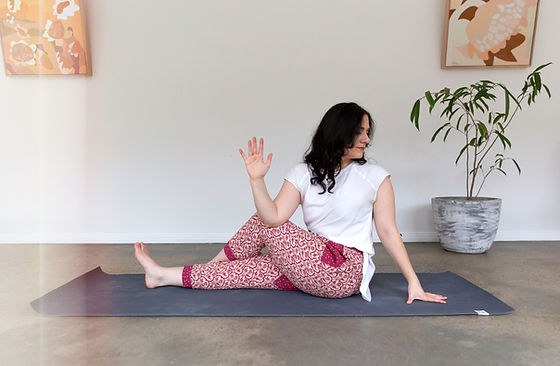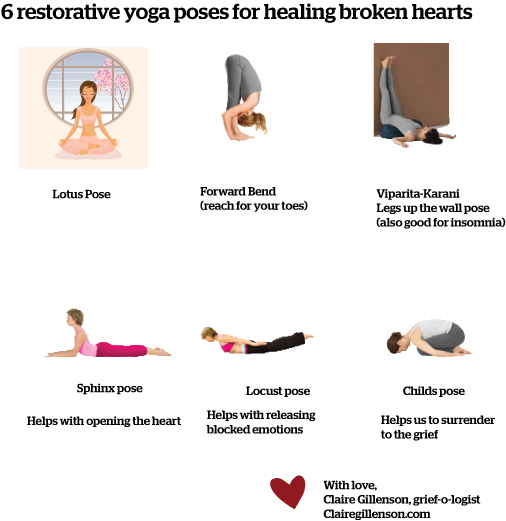
To start a yoga leg workout, lie flat on your mat with your feet flexed. Your inner thighs can be used as an anchor to help you balance. Lift your lower back and create a small arch with your legs. Your hand should be able pass through the arch. Slowly lift your left foot off the mat. Bend it closer to your chest and grip it at the knee. You can also secure your right thigh on the mat. This will allow you to maintain balance and provide a great workout.
Tadasana
If you want to develop stronger legs and improve your balance, practice Tadasana. The basic position is to stand straight with your feet apart and your legs parallel. Your kneecaps should be under pressure, as well as your ankles. Your spine curve should also be followed by the contour of your pelvis. It will strengthen and balance your core.
You can improve your balance in Tadasana by using a yoga strap. The belt should be tight enough to provide resistance when you push against it. Keep your feet parallel with the floor and keep your knees relaxed. You can push your feet apart slightly if there is resistance. This will activate the abductor muscle. You can also change your hand position while in Mountain Pose.
Uttanpadasana
Uttanpadasana, a perfect yoga leg position, strengthens and stretches your hips, legs, and lower abdomen. It improves blood circulation, which is beneficial for those suffering from back problems. It also improves digestion and helps prevent constipation.

Start by inhaling and bringing your leg up to 90 degrees. Then exhale, lowering your leg. Repeat this process twice or three times. Next, lower your leg towards the mat.
Viparita Karani
Viparitakarani for yoga leg is a simple inversion that opens the chest and stretches your backs. This position relieves lower back discomfort and increases blood circulation. It is not recommended for pregnant women or people with gout.
Props can be used to safely perform this yoga leg position. Props can be a folded blanket or bolster. A pillow can also be placed at the base of the back.
Eagle pose
Yoga legs in Eagle position can improve flexibility and balance. When you are practicing this pose, make sure your arms and legs are straight. You should ensure your arms and legs do not cross, and that your head is in line with the floor. For 5-10 minutes, hold the pose and ensure that your shoulders do not tilt.
This pose can help your body become more focused and calm. It can also increase circulation. It protects your knees against injury.

Viparita Karani pose
Viparita Carani is a backbend/inversion pose that encourages blood circulation. It can treat a wide range of health issues including high blood pressure, arthritis, and respiratory problems. It can also be beneficial for women going through menopause.
This yoga pose increases blood circulation and improves energy. It also reduces heel pain. Viparita Karaani, in addition to improving blood circulation and balance, is also beneficial for the body's receptivity and flexibility.
FAQ
Do I need to be flexible to practice yoga?
It all depends on which type of yoga you choose. Some styles of yoga require flexibility. Others focus on muscle strength.
Different types of yoga call for different levels and degrees of flexibility. Beginners may need to only stretch their arms overhead. Intermediate practitioners may need more flexibility and might have to touch their toes while bending forward. Advanced practitioners may need to perform deep twists and bends.
What foods should be avoided after practicing yoga
Your energy levels may be affected by avoiding certain foods. It can also make you feel bloated, or cause stomach cramps. If you feel tired after practice, you may want to eat something light and nourishing.
What is the difference between yoga and pilates?
Although both pilates or yoga can be effective, they differ in their methods of working out. Both involve stretching, but pilates focuses on postures that challenge your core muscles while building strength.
Pilates emphasizes strengthening your core muscles, and improving your balance. It's important to note that yoga can be used to complement pilates workouts.
Statistics
- The American Psychological Association recently shared that 84% of American adults feel the impact of prolonged stress (5). (healthline.com)
- A 2020 review of 27 studies (1,805 total participants) of yoga interventions in children or adolescents found reductions in anxiety or depression in 70 percent of the studies, with more promising results for anxiety. (nccih.nih.gov)
- The people in the yoga group were 37 percent more likely to have quit smoking by the end of the 8-week program. (nccih.nih.gov)
- In comparison, a 125-pound person is estimated to burn 135 calories in 30 minutes of walking (at a pace of 15-minute miles) and 210 calories bicycling at a moderate pace on a stationary bike. (everydayhealth.com)
- According to the Agency for Healthcare Research and Quality, falls are incredibly common among older adults in nursing facilities. Even the simplest ones can increase the risk of death (24). (healthline.com)
External Links
How To
Yoga is a good exercise?
Yoga isn't just for people who want to lose weight. It also helps you develop flexibility, balance, coordination, strength, focus, and calmness.
Yoga is more than just exercise. It's also an art form. The poses are used as a way to relax and meditate. They help us to improve our posture, concentration, and breathing.
A "yogi" is someone who practices yoga. Yogis follow various forms of yoga, including Hatha, Ashtanga, Iyengar, Vinyasa, Bikram, Kundalini, Yin Yang, and Restorative.
There are many different types of yoga. They all have the same goals. Each type of yoga focuses on different aspects. Yoga styles include Hatha, pranayama (meditation), and pranayama (pranayama).
Some yoga exercises don't require you to have any equipment
-
Sun Salutation – This sequence of 12 poses begins with a forward bend and is followed by 10 more.
-
Warrior Pose – While holding a stick/staff, a warrior position is achieved.
-
Triangle Pose: This is where one leg is lifted behind the other and you bend at your knees.
-
Standing Forward Bend - This pose is performed by sitting on the floor with legs straight and then folding forward at the waist.
-
Seated Twist- This pose is performed while sitting on a seat or mat.
-
Cobra Pose - This pose is performed lying flat on your back with arms overhead.
-
Child's posing - This position is performed while facing up on the ground.
-
Cat/Cow Pose: This combination of a cow and cat pose is called the Cat/Cow Pose. Your upper body should be lifted off the ground while you are lying down. Now roll to your side, and then place your hands below your shoulders.
-
Head Tilt: This is when you tilt your head back and keep your eyes closed.
-
Shoulder Stand: This is when you stand straight with your feet up and your arms extended above your head.
-
Tree Pose – This is a pose where you kneel on your knees and place your hands underneath your shoulders.
-
Bow Pose: This pose requires you to bend forward from the hips, and then place your palms on ground.
-
Corpse Pose: This pose can only be held for five seconds.
-
Mountain Pose – This is a pose known as mountain pose. Your spine should be straightened and you must stand tall.
-
Legs up the wall Pose - This is a pose where you hang upside-down from a brick wall.
-
Side Angle Pose -- This pose requires you to lean against a wall and place your right arm in front of the wall.
-
Plank Position: This is when your legs are bent at the waist and your arms extend out to one side.
-
Bridge Pose - This pose is obtained by balancing on your elbows and toes.
-
Reverse Table Top Position - You can achieve this pose by lying on your stomach and reaching towards the ceiling.
-
Handstand - This pose requires balance and strength. You can hold your body between two walls or a frame of a door to perform this pose.
-
Half Moon Pose – Also known as Hero Pose, this pose is also called Hero Pose. This is achieved by standing on your hands, and toes.
-
Handstand or Headstand - This pose requires balance and strength. This pose is possible on a brick wall or on a doorframe.
-
Forearm Balance- This position is done with your forearms on a tabletop.
-
Spinal Twist: This pose is where your belly meets your arms.
-
Supported bound angle pose - This pose needs support and balance. To support your body, you will need to locate a strong object such as a tree branch or an old beam.
-
Wide Leg Forward - This position involves extending your legs and touching your toes.
-
Single Pigeon Pose-This pose is very similar to the wide leg forward folded, but only has one leg.
-
Extended Puppy Dog Poses are very relaxing. You can do this by extending your legs and bending your knees.
-
Standing Forward Bend - This is a pose where you are seated cross-legged, stretching your calves and hamstrings.
-
Crow Pose – This pose can be difficult but rewarding once you are able to master it. The trick is to raise your arms higher than your head and lower them so that they touch the ground.